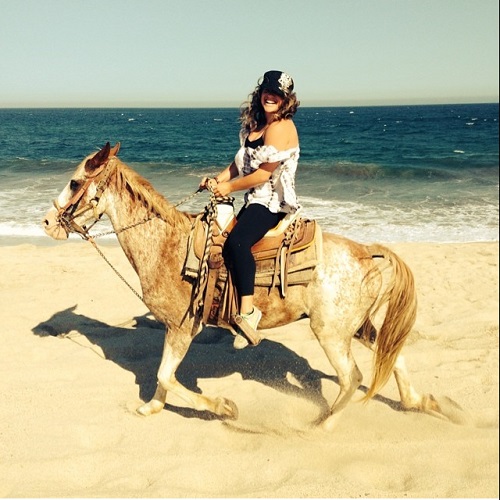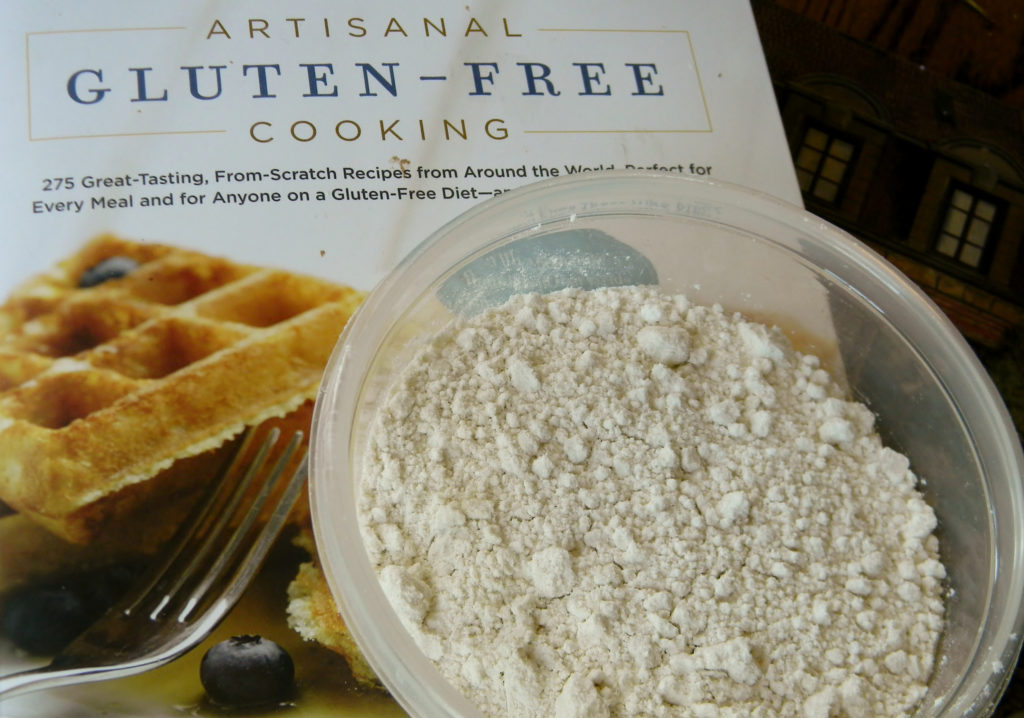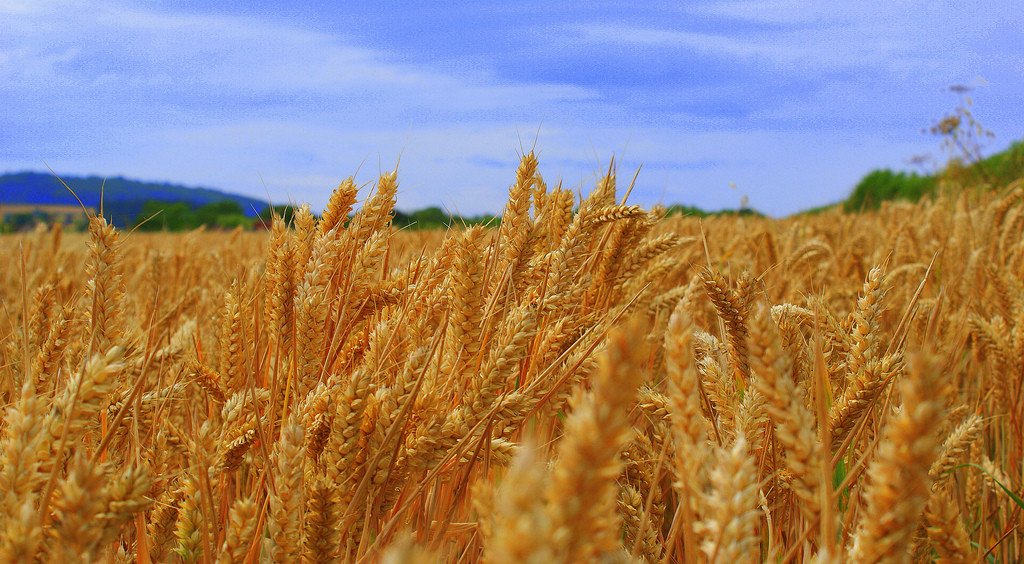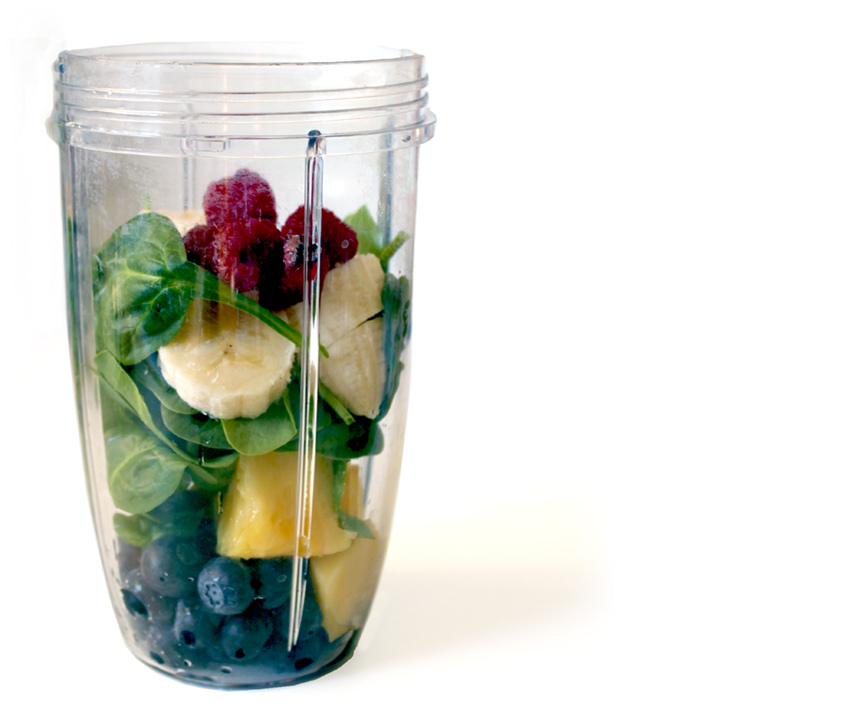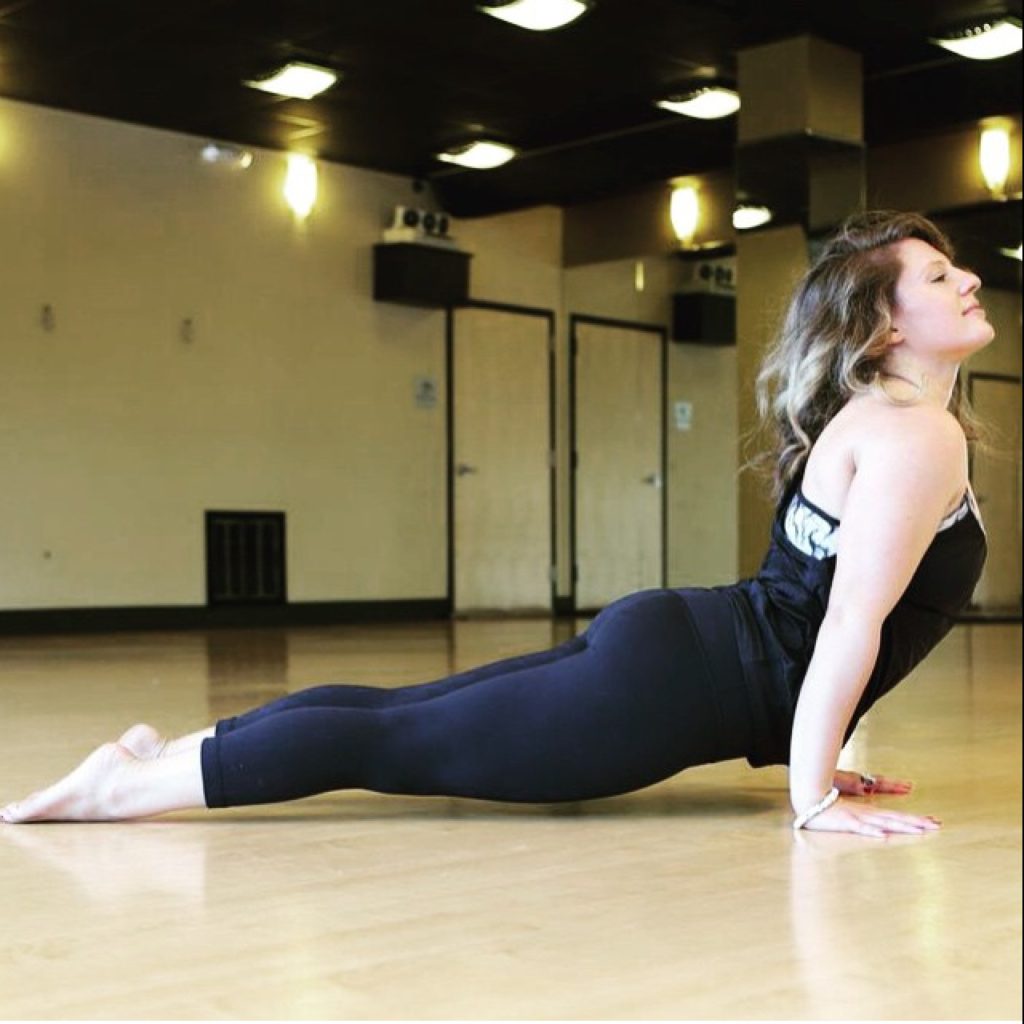Unknowingly growing up with Celiac Disease, I severally suffered from classic Celiac signs; fatigue, weakness, chronic headaches, and a red skin rash on my upper arms and bum. I was constantly catching colds and suffering from headaches. My family practitioner sent me to an ENT (ear, nose and throat) doctor who performed surgery on my deviated septum in hopes to ease my headaches. They seemed to decrease post-surgery, showing up only on occasion, but the fatigue, weakness, and rashes stayed put.
In college, the symptoms progressed into my stomach. These symptoms became more apparent to me and the most obvious way to cure my stomach issues was to see a gastroenterologist. My doctor performed an endoscopy procedure. When I awoke from the procedure, she told me I had anti-bodies in my small intestine. As soon as I got home, I googled it and Celiac Disease popped up.
Though my first thought was to cut out gluten, every website insisted I continue to eat a gluten diet until officially diagnosed; otherwise the tests would be ineffective. My next test was through my blood; they extracted 8 vials of blood, testing allergies for eggs, wheat, casein, dairy, soy, nuts, and a few others I cannot recall. Wheat and dairy showed up as a high allergy. That was the moment I was diagnosed with Celiac Disease June 2011, at 19 years old.
I read a ton of books and learned a lot about what contains gluten and what does not. I became involved with the Celiac Disease Foundation and started volunteering once week at the office. I wrote a speech about it in my communications class. It took me at least a year to adjust and figure out what being gluten-free really meant.
There are 4 main gluten ingredients: wheat, barley, oats and rye. Whole rolled gluten free certified oats can be eaten otherwise most oats contain processed gluten ingredients. A few less common ingredients include: brewer’s yeast, bulgur, durum, spelt (farro), graham flour, hydrolyzed wheat protein, kamut, malt, malt extract, malt flavoring, malt syrup, malt vinegar, malted milk, matzo meal, modified wheat starch, oat bran, seitan, semolina, and triticale. These ingredients can mostly be found in bread, cookies, crackers, cereals, beer, some broth/soup bases, some chocolates, flavored coffees/teas, imitation seafood/bacon, medications, pastas, processed foods, salad dressings, sausages/hot dogs/deli meats, sauces/marinades/gravies, seasonings, and soy sauce. Cross contamination in the kitchen can easily occur and can produce harmful effects to the body. It is important to cook food in a clean or designated gluten-free space.
Gluten-free is not a fad, nor is it a hoax. It is a full blown auto-immune disease or an allergy just as serious as one to nuts. In the past 10 years awareness has been brought to the surface, allowing more and more people to heal themselves by diet. Failure to take care of this disease could lead to the development of other autoimmune diseases such as lupus, and create a higher risk for cancer. Many autistic children or children with behavioral issues adopt a gluten-free lifestyle because gluten directly affects the brain. There is a difference between Celiac Disease and an allergy; allergies are known to be something you could eventually grow out of if the food is removed from the diet. Specifically to Celiacs, when the anti-bodies from the auto immune disease try to attack the gluten, they end up burning off the villi hairs in the small intestine lining; these hairs are responsible for absorbing all the body’s nutrients. When the hairs are burned off, the person is essentially being malnourished. The list goes on and on for symptoms caused by gluten, it can manifest in many different forms. If you feel you may be suffering from such symptoms, check with a doctor first before removing gluten from your diet.
Yes, it can get annoying to be offered gluten all the time. I usually politely respond, “No, thank you.” If someone continually offers gluten then I graciously say, “I have an allergy.” Even though Celiac Disease is not an allergy, it is an auto-immune disease activated by the consumption of gluten ingredients; it tends to be an easier explanation.
Yes, it can be just as annoying to cater to a person who is gluten-free, but try to be compassionate to this person; they are able to cure their disease or allergy strictly through diet. It’s pretty inspiring to me. It can hurt when people tell me they are, “sorry” because I can’t eat gluten, or “that sucks, I could never live without gluten.” I am definitely not sorry I have this disease, and it is completely possible and quite wonderful to live without gluten! My life is just as flavorful eating gluten-free! When I was diagnosed, it was the biggest relief to know I had a cure and answer to my symptoms. I am so grateful to have this knowledge. Eating gluten-free has shaped me to be a more conscious eater, and motivates me to eat whole, fresh food.
Want to know more about Rebecca? You’ll find her teaching and doing yoga at www.yogaclasslosangeles.com
Photo Credits:
Fruit Stand: Photo by Rene Schwletzke
Horse: Rebecca Barnes Instagram @RebeccaBYoga
Cookbook: Photo by Sarah R.
Wheat Field: Photo by Lauren Tucker
Smoothie: Commercial Use Creative Commons Photopin.com
Yoga Pose: Rebecca Barnes Instagram @RebeccaBYoga


